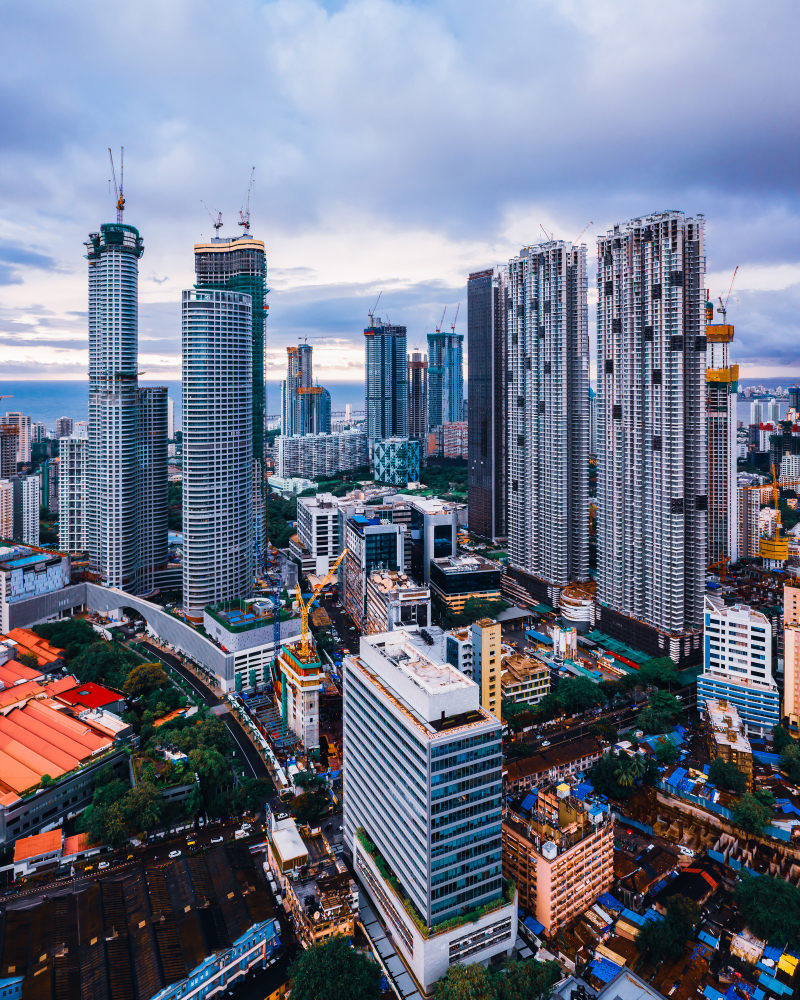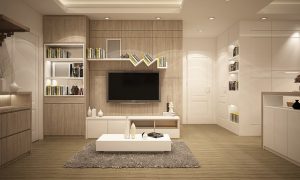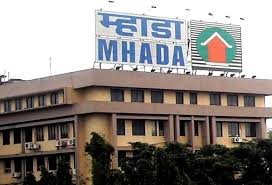The population in India is increasing by the day but the land continues to be limited and is depleting rapidly. This has led to the rise of vertical expansion in the real estate sector in this country. This is why, nowadays, you will find that the housing sector Mumbai and other metropolitan cities have tall residential buildings as high as 70 floors and above, that qualify as skyscrapers.
While high-rises can hold several housing units across floors, low-rise buildings typically provide four floors or less. While purchasing a 1 BHK flat in Thane, you may be plagued with the confusion of where to purchase a housing unit on a lower or a higher floor. Your preference could depend on your location. For instance, if you live in Mumbai, you could opt for higher floors because it offers breathtaking views.
Whether you live in a high-rise or a low-rise building, both the options come with their set of pros and cons. You need to evaluate your final choice wisely based on a number of parameters before finalizing your purchase.
Low-Rise Buildings:
Benefits:
- There is no need to spend time in elevators especially if you live on a lower floor
- The costs for maintaining low-rise buildings and their energy expenses are relatively lesser as compared to high-rise buildings.
- Fire-safety norms are simpler to abide by in low-rise structures. Evacuation procedures when it comes to emergencies are also better in such buildings.
- Homes in low-rise buildings are known to have a higher resale value when pitted against high-rise buildings.
- Since it contains limited floors, you can access the street faster and reach facilities such as markets, parks, and ATMs quicker.
- Since you’re closer to the ground, you can make use of the benefits of the garden area better.
Drawbacks
- Flats on the ground floor or first floor have several points of access for intruders, thus, compromising the security of the dwellers.
- 2 BHK flats in Vile Pale in a low-rise building are more damaged when it comes to natural calamities like floods or an extremely heavy downpour.
- Apartments in low-rise buildings do not offer access to breathtaking views which is not a concern when it comes to high-rise structures.
High-Rise Buildings:
Benefits:
- If you’re looking at properties in Mumbai, you should opt for an apartment in a high-rise building if you want a noise-free environment along with cleaner air, better ventilation, and picturesque views. These units are also known to offer a lot of natural light.
- Residents will be able to enjoy a lot of privacy on the upper floors of a high-rise building.
- The residential skyscrapers usually come with a superior security system when compared to low-rise buildings. Furthermore, intruders do not have a lot of access to apartments on higher-level floors.
- Homebuyers are spoilt for choice as the number of apartments in high-rise buildings is more than in low-rise structures.
Drawbacks
- The higher the floor, the tougher it is to evacuate in an emergency situation like a fire. It is even more difficult when there are family members with disability.
- The average construction expenses per sq. ft. for a high-rise building is 20-25% more as compared to a low-rise building, thereby making them a pricey proposition as opposed to the latter.
- Maintaining and cleaning the exteriors when it comes to high-rise buildings are rather expensive and hazardous.
- Taller buildings tend to get damaged more during earthquakes.
In a nutshell, both low-rise and high-rise buildings have their advantages and disadvantages. You should buy your house based on your preferences and budget. Start your search by perusing for the best homes in MMR on IndexTap.
Visit IndexTap for more such exciting analysis and details on real estate.
















